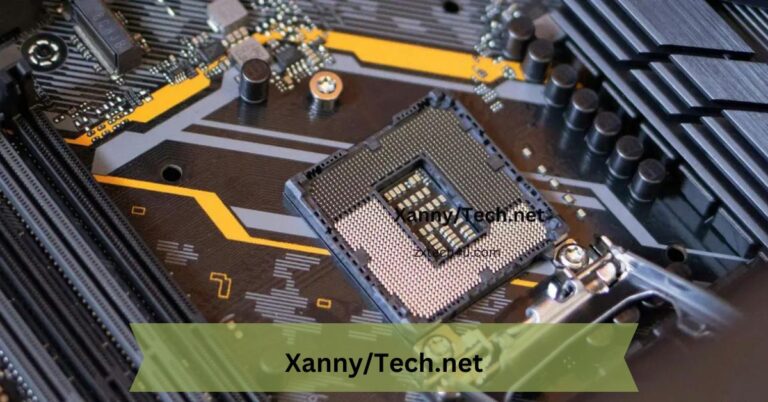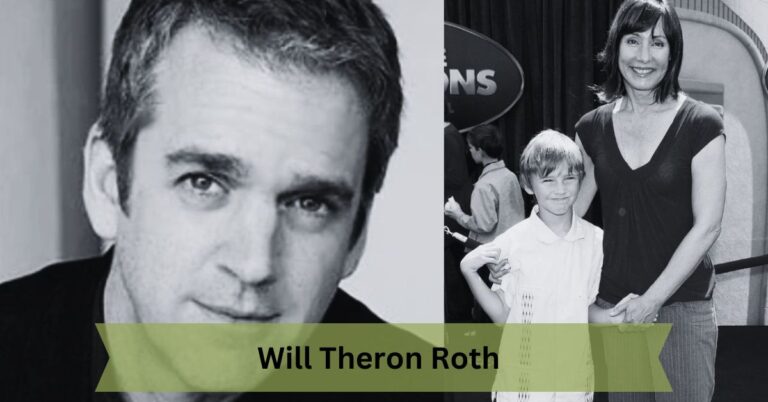What Is a Complete IVF Cycle?
An infertility specialist can recommend in vitro fertilization (IVF), which can be an effective type of assisted reproductive technology procedure. IVF is an infertility treatment option that involves integrating the eggs with sperm outside the body in a laboratory. The technology offers a solution for people who want to use donor sperm or for those experiencing infertility. Here is how the full IVF cycle works:
Candidates for In Vitro Fertilization
Patients with blocked fallopian tubes and unexplained infertility could be considered candidates for the IVF procedure. Men with lower sperm count and motility can also opt for the treatment. Women with tubal sterilization and those with high egg count are also eligible for IVF treatment. Health specialists might recommend IVF if the patient or their partner has endometriosis or genetic disorders that cause infertility. A partner with polycystic ovary syndrome (PCOS) and uterine fibroids can also choose to undergo IVF. Some IVF clinics require fewer appointments, which may be more convenient for those who do not live close to the fertility center.
Ovarian Stimulation
Conventional IVF requires the collection of eggs and sperm to perform fertilization in an incubator. The IVF cycle starts with ovarian stimulation with medication such as gonadotrophins to generate as many eggs as possible. An infertility specialist injects a human chorionic gonadotrophin (HCG) to begin the final process of egg development.
Egg Collection and Fertilization
Egg collection happens under genetic anesthesia using a vaginal ultrasound test. A specialized tool enters the ovary and draws fluid out of each unit using a siphoning device through the needle tool. The retrieval process happens after 36 hours of the last hormone injection. The specialist requests a semen sample that is then prepared in a laboratory to pick the healthy sperm for IVF. Once the samples are put together, fertilization takes around 18 hours to complete, and hours later, the cells begin to divide.
Embryo Development
After egg collection, it takes two to three days for cells to divide four to eight times, forming an embryo. As the embryo grows in the laboratory, it forms a blastocyst within six days. An infertility specialist chooses the healthiest embryo for transfer using ultrasound assistance. Some IVF treatments combine the eggs and sperm in a plastic cylinder and insert it into the vagina. Once a few days have passed, confirmed fertilization occurs before removing the cylinder.
Embryo Transfer
Healthy embryos that are not used during the IVF cycle can be frozen for future use. Freezing embryos allows for future thawing and transferring into the uterus for a stimulated or unstimulated cycle. A healthcare specialist will discuss how the healthiest embryos are chosen. During the transfer of an embryo, oral, injectable, or vaginal hormone medications are recommended to prepare the uterus for implantation. The specialist conducts monitoring 14 to 21 days after taking the medications to determine if the uterus is ready. When the embryo attaches to the uterus lining, the specialist should conduct a blood test. The blood test may determine if there is a positive pregnancy nine to 14 days after an embryo transfer.
Consult a Competent Infertility Specialist
Before an IVF treatment, an infertility specialist should conduct several assessments to determine how effective the procedure could be. Health assessments of the patient happen before and after fertilization takes place. To find out if you are a good candidate for IVF, consult an infertility specialist.






